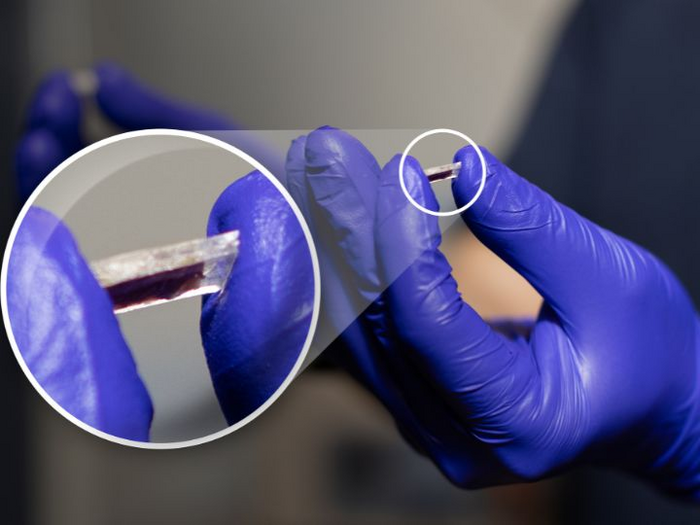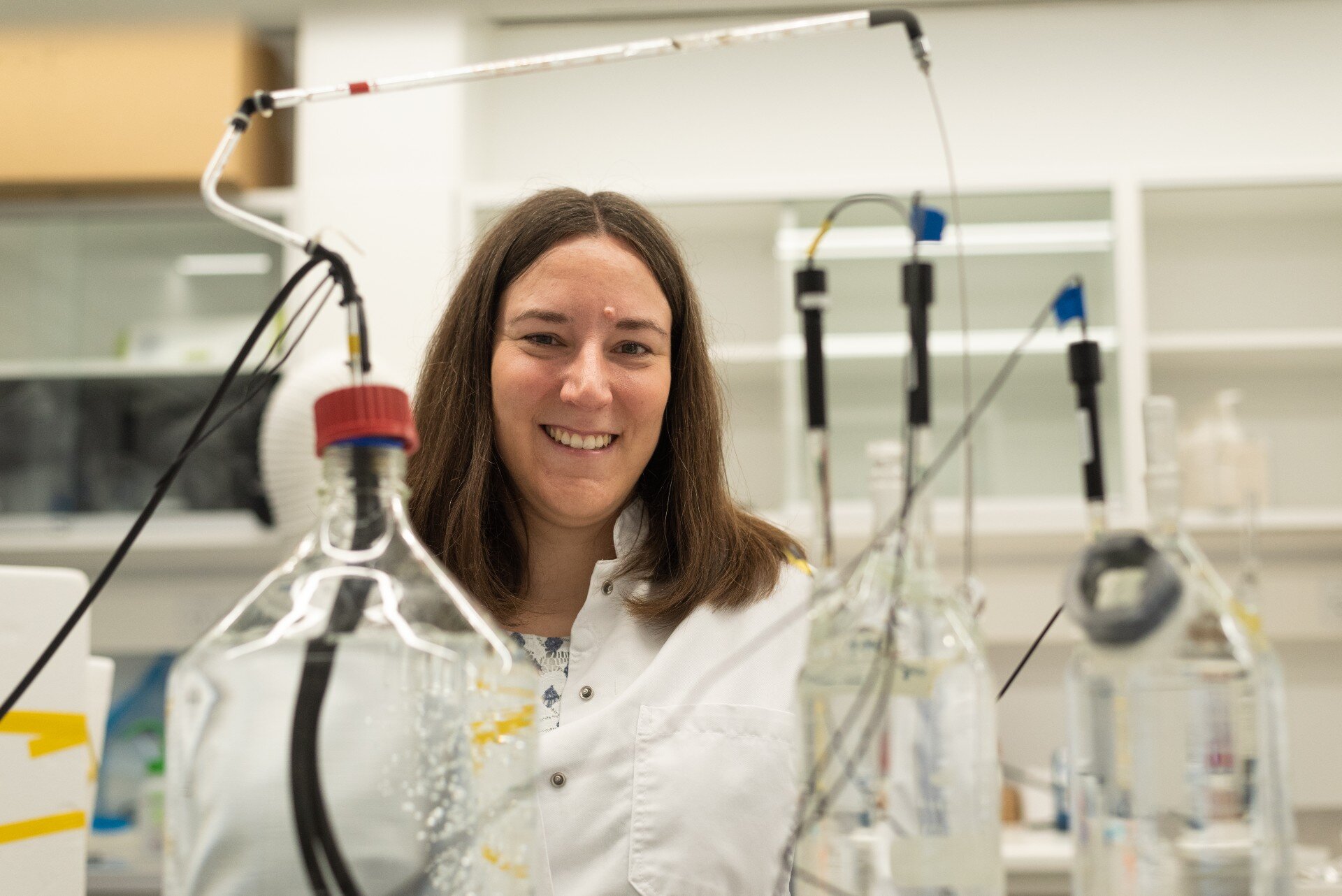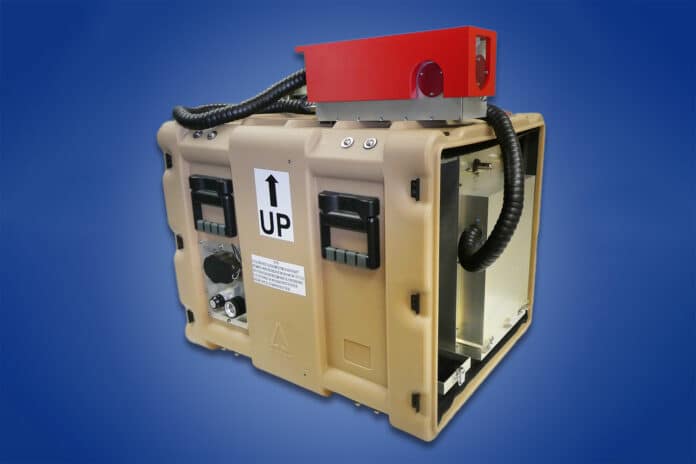According to Professor Saltzman of Stanford University, biomedical engineering takes science, mathematics and engineering and applies it to improving human health. This article is a quick overview of some of the older technologies and activities biomedical engineers are involved in as well as some technologies on the cutting edge.
Chest X-Rays
Chest X-Rays, discovered in 1895 by Wilhelm Conrad Rontgen in Germany, are created when tissues of the body interact with X-Rays using physics principles. X-Rays help doctors come to an understanding of what is going on inside the body. An X-Ray shows structures in the body that couldn’t previously be seen: rib cages, wrists, ankles, knees, back bones, etc.; but organs like the heart, lungs and blood vessels are also viewable in X-Rays.
Positron Emission Tomography (PET)
Another imaging technique is called “Positron Emission Tomography” (PET). In this process radionuclides are injected in the bloodstream so radioactive chemicals interact with tissues in a specific way. In this process physicians are not just looking at the anatomy, as they are with X-Rays. The focus is on the chemistry and biochemistry of what’s happening inside an organ or tissue of the body.
Scanning The Brain
We have all heard of neurotransmitters and when we look at pictures of the brain we look at the brains molecules to try to determine how they are affected and change in certain diseases. Brain PET scans are used in operating rooms by surgeons, anesthesiologists, etc.
Heart & Lung Machines Stand In For Heart During Surgery
A heart/lung machine takes over the function of a patient’s heart and lungs during an operations like open-heart surgery. Coronary artery bypass is a common surgery as are heart transplants. During these procedures the heart must be stopped and the machine takes over the function of circulating blood and breathing.
EKGs and ECGs: Tracking the Heart’s Electrical Signals
EKGs and ECGs show what happens in the body at the electrical level, for example, when a heart stops. In this case the technology doesn’t provide an image or picture. This technology measures the electrical potential as a function of position in the body.
The electrical potential or electricity measured on the surface of the skin reflects what is happening deeper inside the body. Electrodes detect the electrical activity of the heart and record it. This is another example of biomedical engineering. By using EKG or ECG technology physicians are able to diagnose a wide range of medical issues.
Cell Engineering: The Cutting Edge
Another technique used in biomedical engineering is to extract cells from the body and keep them alive in a culture for extended periods of time; this is referred to as “cell culture technology”. If you take blood cells or bone marrow, for example, and keep it alive in a culture, scientists and doctors can study how the cells work.
New biomedical engineering technology is allowing the replication of cells outside the human body. Scientists may take a few skin cells and put them in a culture and as they replicate several million skin cells develop over several weeks. Scientists are working on a variety of techniques to propagate cells outside of the body and use them to form new tissues.
Engineering Artificial Skin
Artificial skin is an example of this technique. A thin membrane is created using a cell “scaffold”. Scientists place skin cells on the scaffold and the cells grow into skin. At Children’s Hospital in Boston, tissue engineered skin is used to treat patients with severe burns or diabetics with ulcers that won’t heal.
Another example of biomedical engineering is the creation of devices that replace human organs: an artificial heart, for example. The artificial heart is about 15 years old and many types of artificial hearts and organs have been developed using synthetic components that replace natural organs.
Gene Chips: The New Frontier
Another biomechanical engineering technology is the “gene chip”. Gene chips allow scientists to determine what genes are and are not expressing using color coding technology. This is accomplished by incubating a small sample of tissue or fluid from a patient. Once genes are understood, scientists expect to begin treating genetic based illnesses before children are born.
Revolutionizing Medicine
Biomechanical engineers are interested in determining what genes people have and how they operate during their life cycle. Knowing how genes behave will revolutionize the practice of medicine by allowing more accurate diagnoses and predictions.
Synergies Among Scientific And Engineering Disciplines Leading To Better Outcomes
Technologies developed for entirely different reasons and quite peripheral can assist biomedical engineering. For example the airplane, developed decades ago, has become an integral part of modern biomedical medicine. Organ intended to prolong the life of patients must often be transported long distances to where the patient is. A team of surgeons works to harvest the organ and the it is flown in by airplane.
Biomechanical engineers work on techniques to help extend the life of an organ when it is being transferred from one place to another. One exciting possibility is to take just a few cells from a donor organ and ship them to a site where a new organ is grown, perhaps on a 3D printer, and then implanted.
Credits: Information in this article based on lectures by Professor Saltzman of Stanford and Open Yale Courses. (http://youtu.be/Sn0bOX5Hau4)





